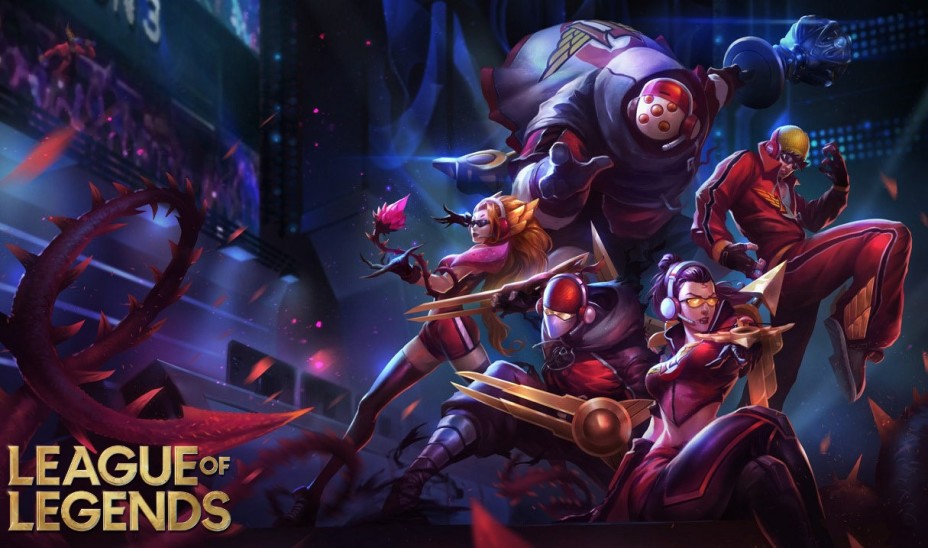When it comes to the best regions in the League of Legends world, people always talk about South Korea. It is the home of teams like T1 played by three-time world champion Faker, Samsung White considered by many to be the best team ever, Samsung Galaxy and DAMWON, all world champions, their players and more. In Korea SoloQ, which is considered one of the best in the world. What is the difference between soloQ in Fresh Morning country and soloQ we feel every day in EUW?
Difference with puberty?
The person who performed this analysis is “Brindville” Lowell, who posted them on Reddit. This guy showed up as League of Legends lessons for the Gen.G team. These courses were potential for future recruits, not for local teams. Even with no trace of Brindville on most sites, the article still doesn’t contradict its claims at 6 days, and with some success. Given that Reddit still vets teams, including Asian teams that have stepped in in the past, it’s fair to assume that Brindville’s statements about his athletic background are accurate.
The first difference he observed stems from the country’s gaming culture. The PC is a very popular gaming environment ahead of home consoles in South Korea. Outside of Europe and the United States, children and adults mostly own a games console, while teenagers prefer a computer (which, of course, is only general with thousands of exceptions). As a result, there will be a larger group of potentially professional players in South Korea than in the West, where a significant number of players are already engaged in professional activities. Moreover, League of Legends remains the undisputed flagship in South Korea while Western audiences are scattered on other games like Fortnite, APEX or COD.
Cultural difference
However, the main difference is not in age, but in how you approach the game. Brinedevil compares soloQ NA players to Korean players:Western players play for their ELO by counting every move like chess players, while Korean players are more like poker players.He said it was very easy to explain. League of Legends play is often dominated by unpleasant experiences, going through tough times for potential transition satisfaction after coming back from a victory. Except for young Koreans, whose days are divided as follows: regular classes from 8 a.m. to 3 p.m., followed by “optional” evening classes (but the vast majority of teenagers), so their day generally ends at 8 p.m./9 p.m. Only then can they finally fire up League of Legends and be totally entertained. If the lane goes wrong, you may have to give up and move on to the next game.
The second effect occurs in the higher tiers of the rankings, where the player’s individual performance may be enough to attract the attention of a professional team. Then players look for the clip that stands out the most and don’t mind taking risks with a particular accent. Nobody trusts others to wear it and doesn’t want to waste time with another player’s potential 1v5 will. If this allows very fast games, this method will especially allow future stars to acquire game mechanics far superior to other leagues (except perhaps the Chinese superserver). Western players generally have good macro vision at the highest ELO, while in South Korea it is much lower. Macro is taught after joining the team, soloQ is only for training game mechanics. This thinking seems to be confirmed by the results of various Western streamers trying to climb the ranks of South Korea. Those with a playstyle heavily reliant on mechanics achieved the same results as in the West, while those with a more macro style had a harder time climbing. It is really impossible for them to change the situation thanks to a good vision of the game, while the other four players are already mentally wrong.
Source : Millenium
